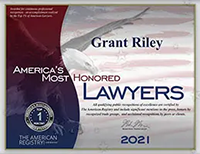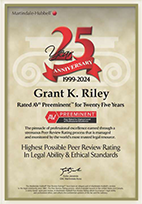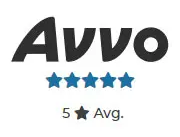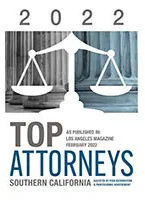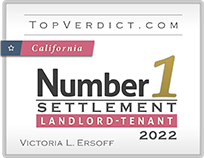Understanding Mold and the Rainy Season Hazard
As fall arrives, so do the rains—and with that comes a serious risk for mold growth in rental properties. Water intrusion from rainstorms, leaks in roofs or windows, and inadequate ventilation can all create the perfect environment for mold. When landlords fail to repair water issues promptly, mold can develop rapidly, exposing tenants to health risks such as respiratory problems, allergic reactions, and, in some cases, more serious conditions.
Many tenants know mold is unsightly—but don’t realize it may also be a legal issue, especially when a landlord neglects repairs or fails to maintain safe, habitable conditions.
Tenant Rights & Landlord Obligations
Under California law (and similar tenant‑protection statutes in other states), landlords must maintain properties in a habitable condition. That includes preventing mold by addressing leaks, ensuring proper drainage, and repairing water damage promptly. The landlord must also act promptly if defective conditions arise during rainy months, such as persistent roof leaks, flooding, or moisture buildup.
Tenants should:
- Notify the landlord in writing about water intrusion or mold.
- Request repairs within a reasonable timeframe.
- Document conditions (photos, dated notices, written records).
If landlords ignore or delay essential repairs, tenants may have legal recourse.
What Counts as a Mold Claim?
A mold claim may arise when:
- Mold results from landlord negligence or failure to fix leaks.
- Tenants suffer health problems linked to mold exposure.
- Repairs are inadequate or superficial, without professional remediation.
A credible mold claim often involves proof of notification, documented conditions, and evidence that mold created unhealthy conditions. Medical documentation or expert inspection reports can strengthen a tenant’s case.
Why Rainy Season Matters
Rain amplifies the risk: Rainstorms can reveal previously hidden roof or wall damage, gutters may overflow, and leaks that were minor in dry months become major issues. Even small amounts of persistent moisture can allow mold to take hold behind drywall, under flooring, or in crawl spaces—often unnoticed until symptoms appear.
When mold emerges shortly after rains begin, the root cause is more likely to be unresolved water intrusion.
Steps Tenants Should Take This Fall
- Act promptly. As soon as leaks or moisture are detected, inform your landlord immediately in writing—email, certified mail, or written notice.
- Document everything. Take photos of water damage, mold growth, and add date stamps or notes. Keep copies of all correspondence.
- Request professional remediation. If serious mold develops, request that it be handled by qualified mold remediation experts—not just surface cleaning.
- Know your rights. If the landlord fails in their legal obligations, tenants may be entitled to remedies including rent abatement, relocation, or compensation for health impacts.
- Seek legal help. Speaking with a firm experienced in tenant rights and habitability law can clarify your options and preserve your claim.
When to Call Riley Ersoff LLP
Mold‑related habitability cases can be complex. Riley Ersoff has a long history of representing tenants in slum housing, toxic exposure, and habitability disputes, securing meaningful recoveries when landlords disregard their obligations.
If your landlord failed to respond to mold or water damage during the rainy season—or if mold has created harmful conditions in your rental—don't wait. You may have rights worth protecting.
Los Angeles Tenant Rights Lawyer
If mold or water damage in your rental isn’t being addressed, Riley Ersoff is here to help. Contact us today for a consultation to understand your rights and explore legal options.



